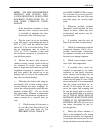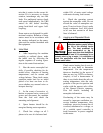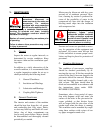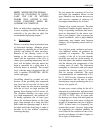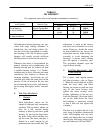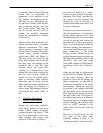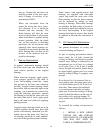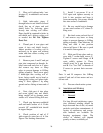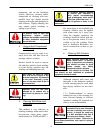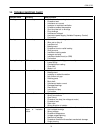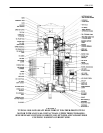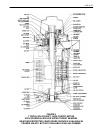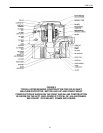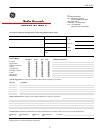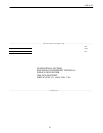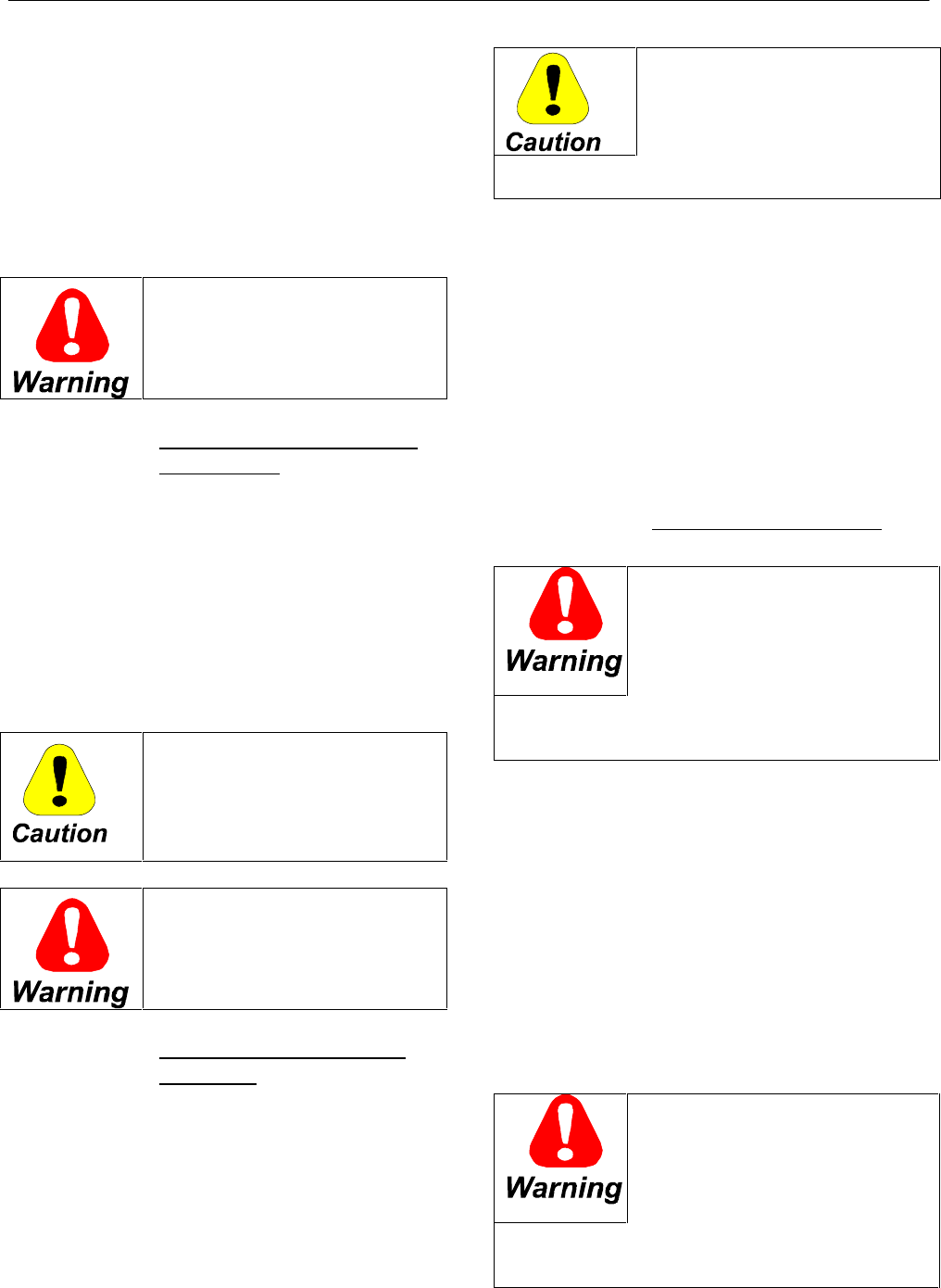
GEK-95352
21
equipment, and on the insulation
system. However, vacuum and/or
compressed air cleaning with non-
metallic hose tips should precede
cleaning with water and detergent or
with solvents. Tightly adhering dirt
may require gentle brushing or
wiping to get it loose.
To prevent injury to eyes and
respiratory organs, safety
glasses and suitable ventilation
or other protective equipment
should be used.
2. Vacuum And Compressed
Air Cleaning
Compressed air may be used to re-
move loose dirt and dust from air
passages such as air ducts.
Suction should be used to remove
dirt and dust particles from winding
to avoid driving particles into the
winding and damaging the coils.
Care must be taken to make
sure that the air supply is dry
and that excessive air pressure
is not used. Generally a pres-
sure of not more than 30 psi is
recommended.
Operator must not use com-
pressed air to remove dirt or
dust from his person or cloth-
ing.
3. Cleaning With Water and
Detergent
This method is very effective in
cleaning windings when used with a
low-pressure steam jenny (maxi-
mum steam flow 30 PSI and 90°C.)
To minimize possible damage
to varnish and insulation a
fairly neutral non-conducting
type of detergent, such as Du-
bois Flow, should be used. A
pint of detergent to 20 gallons of water is rec-
ommended.
If a steam jenny is not available, the
cleaning solution may be applied
with warm water by a spray gun.
After the cleaning operation, the
windings should be rinsed with wa-
ter or low-pressure steam. It is ad-
visable to dry the winding. Refer
back to Insulation Resistance sec-
tion for instructions on how to pro-
ceed.
4. Cleaning With Solvents
Many cleaning fluids are flam-
mable and/or toxic. To prevent
injury to personnel and property
care should be taken to avoid
flames, sparks, etc. Safety
glasses should be used and
contact with the skin should be avoided. The
area should be well ventilated or protective
equipment should be used.
Although cleaning with water and
detergent is the preferred method,
solvent cleaning may be used when
heat drying facilities are not avail-
able.
1,1,1 Trichloroethane* is recom-
mended for use as the cleaning sol-
vent. Solvent cleaning of silicone-
insulated winding (H insulated ma-
chines) is not recommended.
While 1,1,1 trichloroethane is
considered to be non-flammable
and has a relatively low order of
toxicity, it should be used only
in a well ventilated area that is
free from open flames. Avoid
prolonged exposure to its vapor. Failure to ob-
serve these precautions may result in injury to
personnel.



